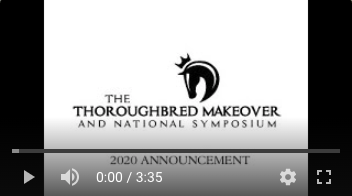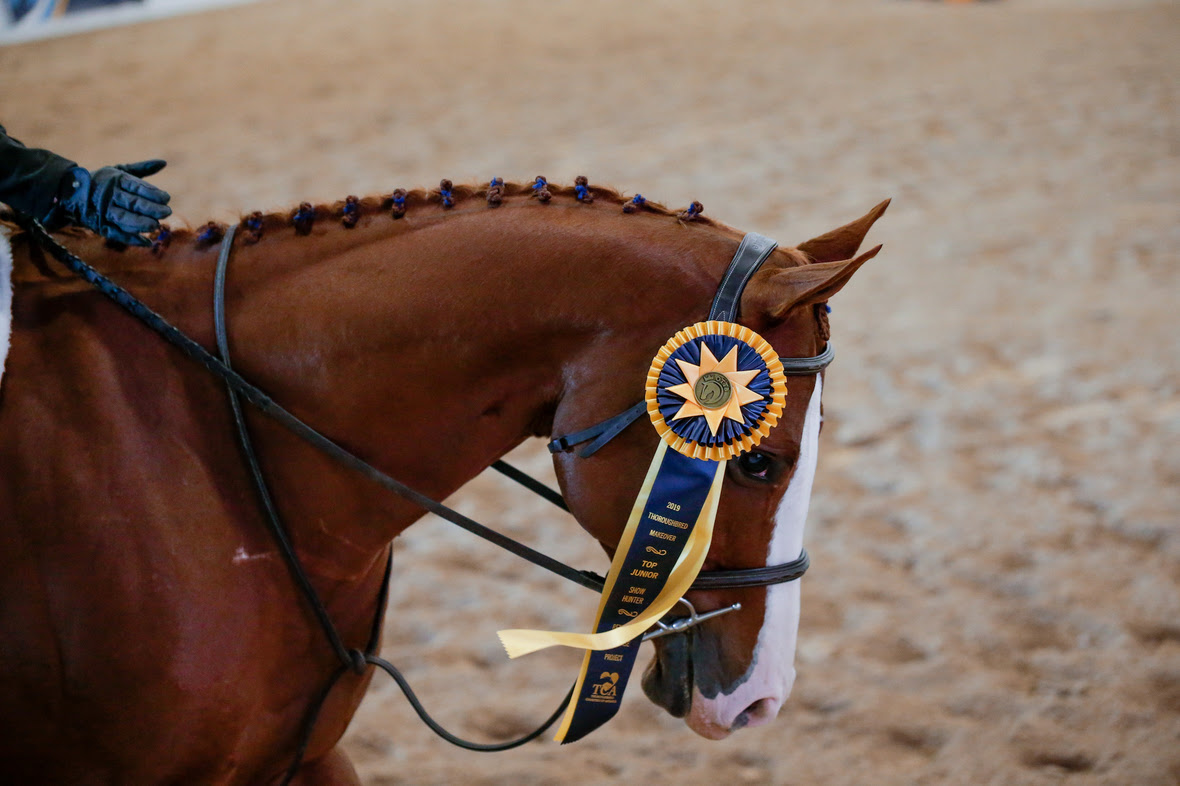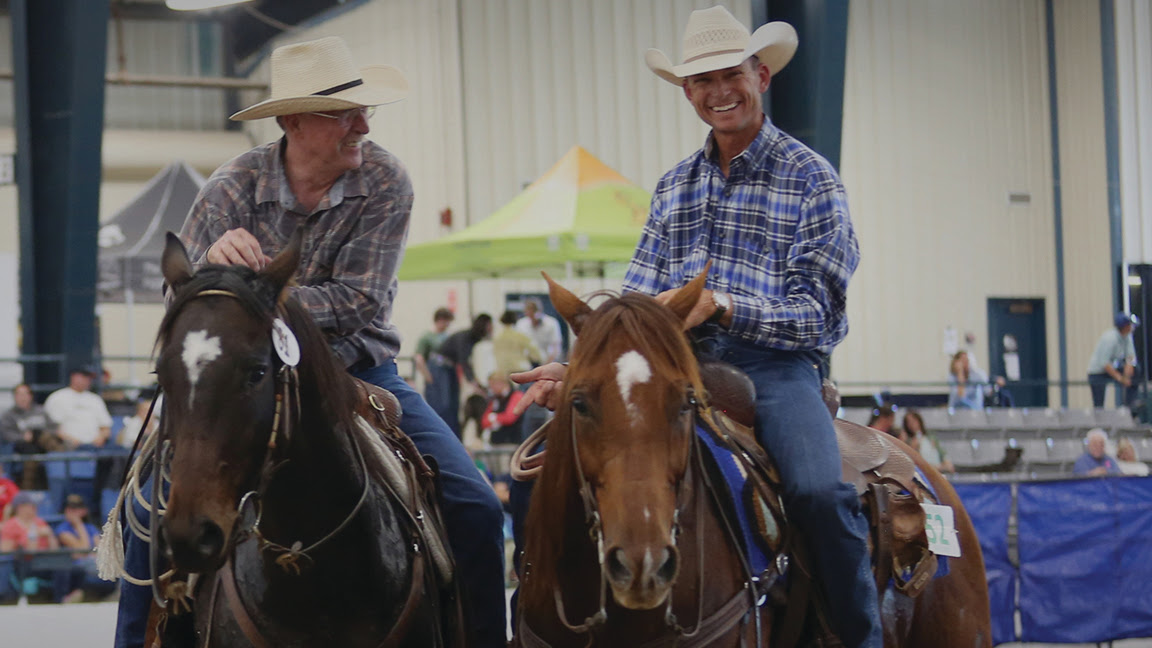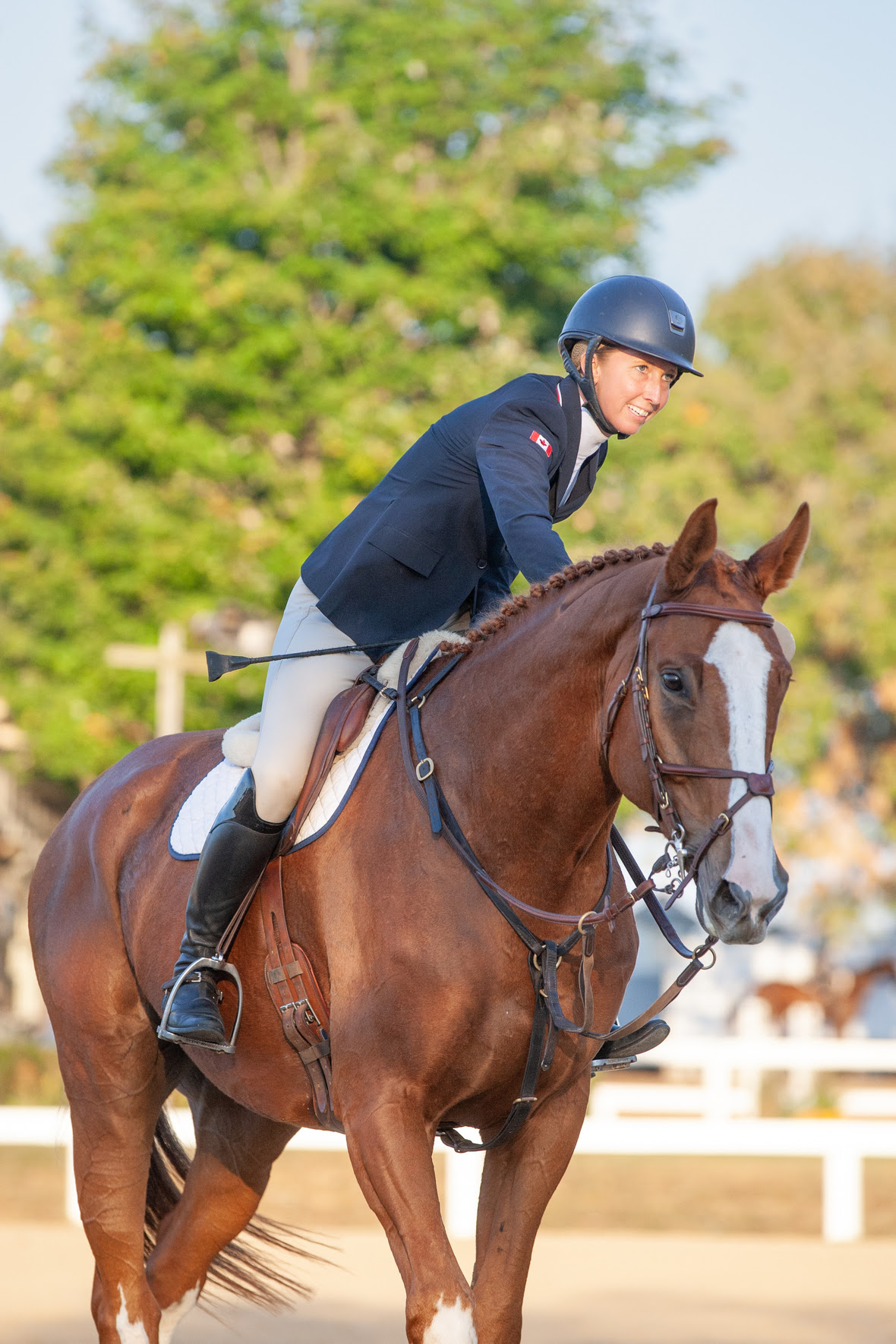|
While the in-person horse shopping and adoption experience at the Thoroughbred Makeover and National Symposium may no longer be possible this year with the postponement of the event to 2021, the Retired Racehorse Project (RRP), thanks to a generous grant from the ASPCA, will continue to produce the Makeover Marketplace and promote transitioned Thoroughbreds as premier sport horse prospects online. Expected to feature dozens of restarted Thoroughbreds, the ASPCA Makeover Marketplace catalog will once again be offered in print as well as digitally. Sign-ups are now open to receive the catalog, which will be printed in the Fall 2020 issue of Off-Track Thoroughbred Magazine, the RRP’s award-winning quarterly publication. The catalog will be printed in color and feature each horse’s Jockey Club name and basic details, price or adoption fee, home location, description and photo, as well as trainer contact information. Each advertisement will also include a QR code that will direct smartphone users to the horse’s full online listing, which may include additional information and video. “The ASPCA Makeover Marketplace has become one of the country’s premier horse shopping and adoption opportunities for equestrians looking for well-started sport horse prospects,” said Jen Roytz, Executive Director of the RRP. “Traditionally, horse shopping includes extensive travel, often going to multiple farms in different states in order to consider horses, but changing mandates and travel restrictions during the pandemic are limiting those opportunities. The Marketplace lets you browse from the comfort of your couch and peruse dozens of photos, videos and descriptions of equine athletes for adoption or sale who have had the proper care, nutrition and training to make a successful transition to a competitive or recreational career after racing.” |
|
|
The ASPCA Makeover Marketplace has become an adopter’s or buyer’s trusted source for Thoroughbreds for sport or pleasure. Though the Thoroughbred Makeover competition will not be taking place this year, each horse entered in the Marketplace catalog will have undergone preparation for the event, with emphasis placed on a healthy transition from the track and training for a big show environment. Past ASPCA Makeover Marketplace graduates have gone on to successful careers in eventing, hunter/jumper, field hunter, western performance, pleasure and trail riding. “Creating opportunities for more equine enthusiasts to find their Right Horse is a vital component of our work,” said Dr. Emily Weiss, Vice President of ASPCA Equine Welfare. “The RRP continues to support us in shifting the perspective of who a retired racehorse is and showcasing the incredible potential they will bring to their next homes. While we will miss seeing all the event-goers and talented competitors this year, we celebrate this innovative virtual Marketplace experience that will help transition more great horses to their next chapter.” The digital catalog will be released at tbmakeover.org the week of August 10, and individual horses will be featured on the RRP’s social media. Watch the RRP’s Facebook page for additional virtual spotlights of Marketplace horses this fall. Sign up now for the print catalog at tbmakeover.org/catalog. Catalogs will be printed and mailed in mid-September. |
 |
|
The Retired Racehorse Project (RRP) is a 501(c)3 charitable organization working to increase demand for off-track Thoroughbreds in the equestrian world. In addition to putting on the Thoroughbred Makeover and National Symposium, the organization also publishes Off-Track Thoroughbred Magazine, hosts off-track Thoroughbred retraining clinics and programming at major horse expos and events around the country, and maintains the online Thoroughbred Sport Tracker (the internet’s only user-driven database tracking second career talent and accomplishments of registered Thoroughbreds). Visit the RRP online at RetiredRacehorseProject.org. |
Founded in 1866, the ASPCA® (The American Society for the Prevention of Cruelty to Animals®) is the first animal welfare organization in North America and serves as the nation’s leading voice for animals. More than two million supporters strong, the ASPCA’s mission is to provide effective means for the prevention of cruelty to animals throughout the United States. As a 501(c)(3) not-for-profit corporation, the ASPCA is a national leader in the areas of anti-cruelty, community outreach and animal health services. For more information, please visit www.ASPCA.org, and be sure to follow the ASPCA on Facebook, Twitter, and Instagram. |












You must be logged in to post a comment.